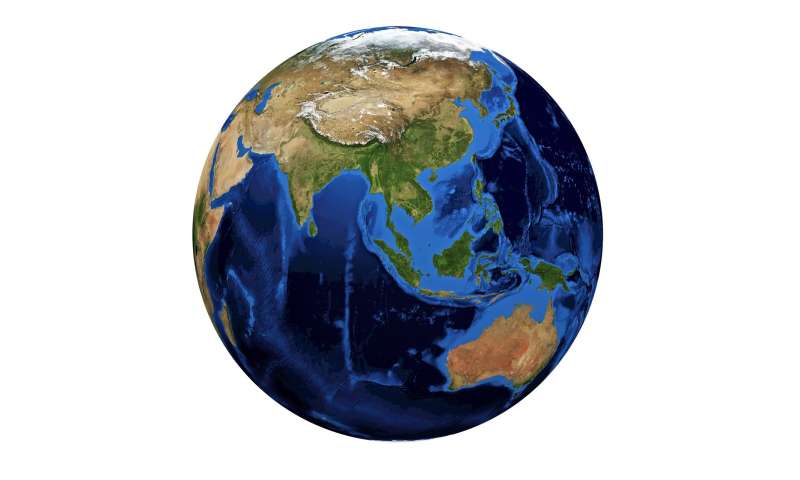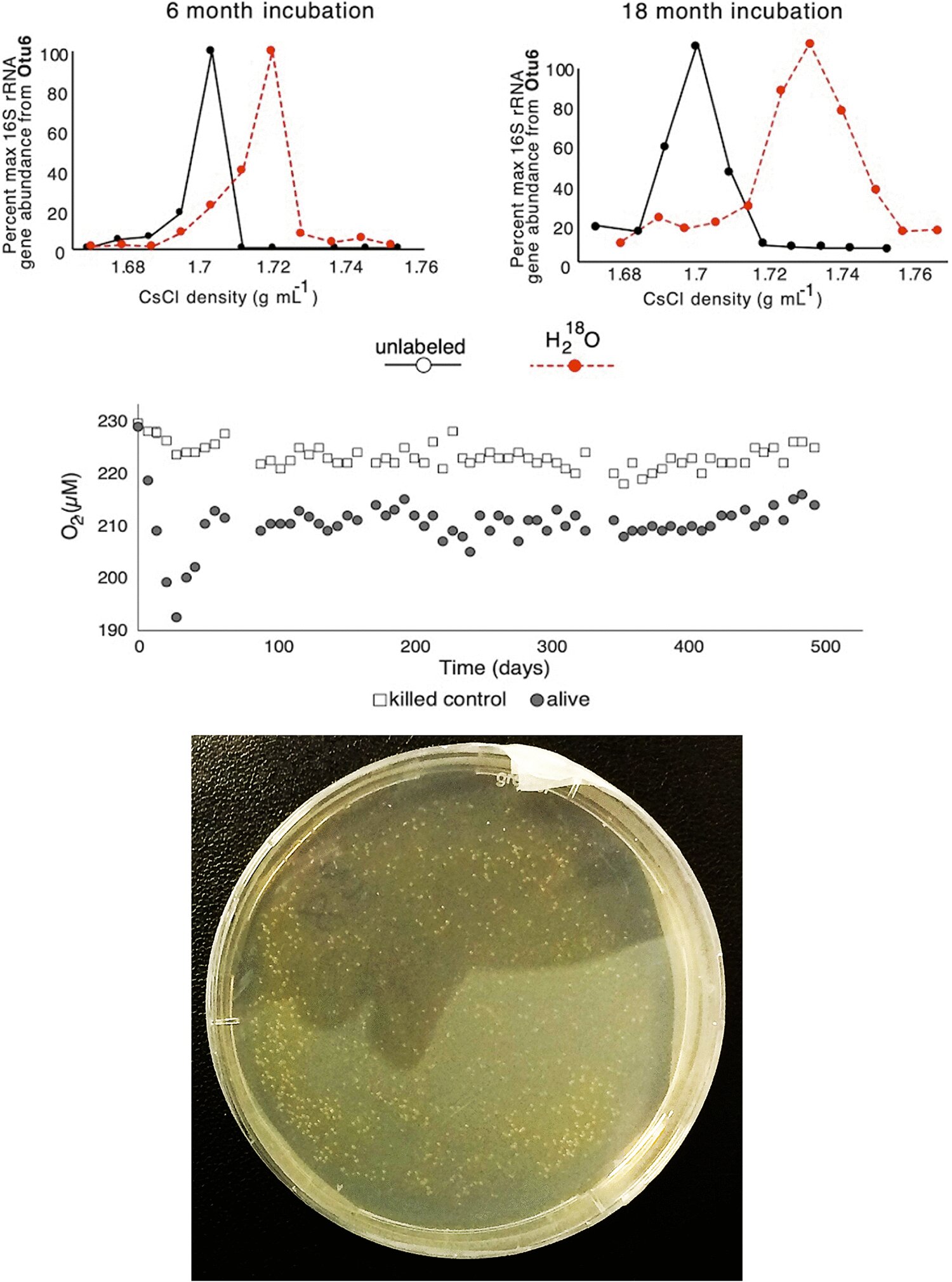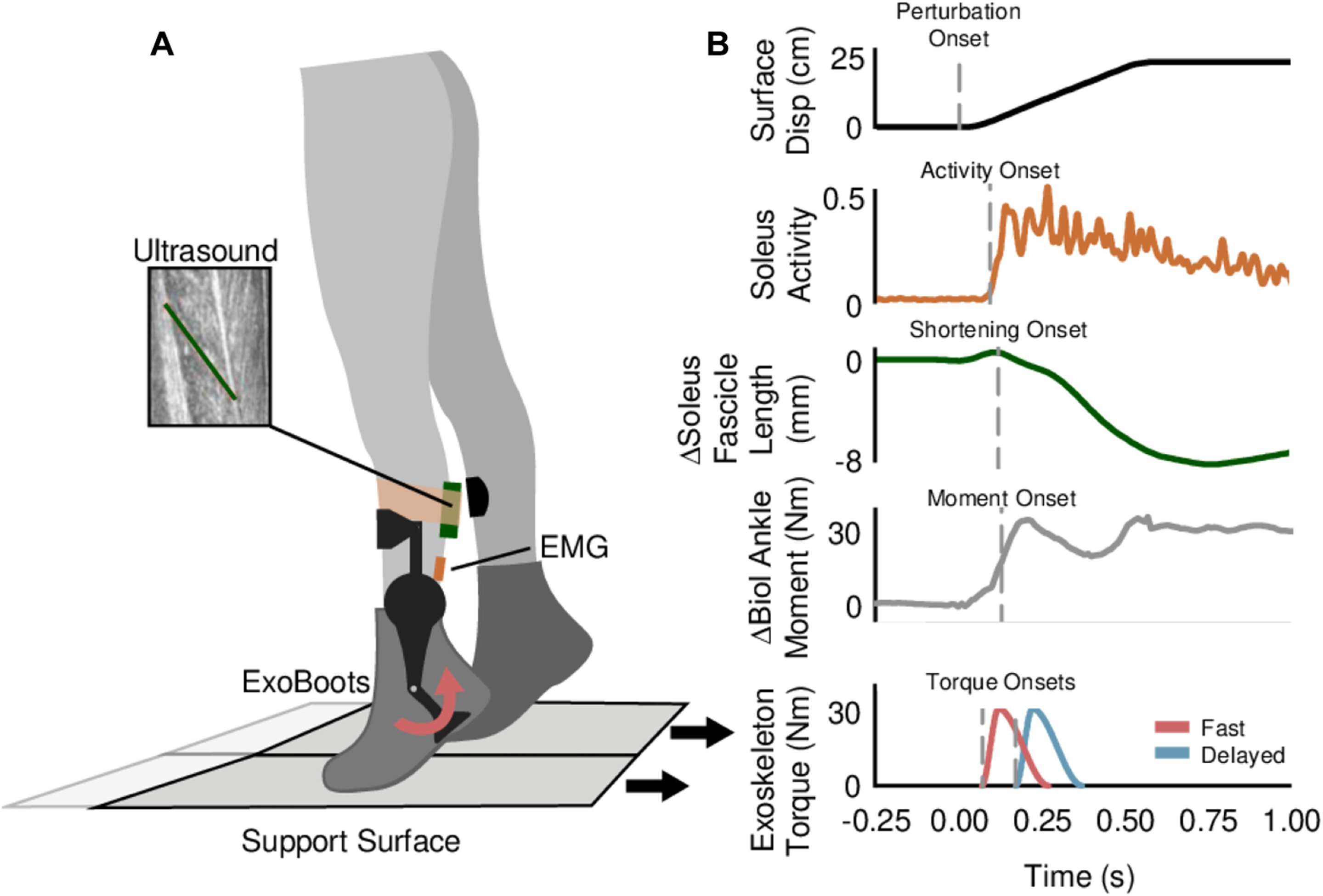#Scientists improve accuracy of lost wetland dataset in China side of Amur River Basin
“#Scientists improve accuracy of lost wetland dataset in China side of Amur River Basin”

The floodplains in the Amur River Basin create a corridor of wetlands, without which millions of migratory waterfowls could not reach their breeding grounds on the tundra at the Arctic shores.
The China side of the Amur River Basin (CARB) only accounts for 45% of the whole area, however, it holds over 93% of the human population in this basin. Human settlements and agricultural developments in the CARB have severely affected floodplain wetlands.
A research team led by Prof. Wang Zongming from the Northeast Institute of Geography and Agroecology (IGA) of the Chinese Academy of Sciences has revealed a dataset of long-term dynamics of floodplain wetlands over the CARB. The study was published in International Journal of Applied Earth Observation and Geoinformation.
Commonly, remote sensing data are directly used to obtain spatial distribution of wetlands. However, due to the complexity of wetland landscape, efficiencies and accuracies of wetland datasets are relatively low.
In this study, the research team used image compositing algorithm, Google Earth Engine, and big earth data to build robust image composites. Then, they applied a hierarchical Random Forests (RF) classifier to obtain accurate classification results.
“The study employed a hierarchical RF classification to get a two-category map at each node instead of using RF classifier to get a ten-category land cover map directly. Thus, the classification results derived from each node were extremely robust and accurate than traditional RF classifier,” said Prof. Wang.
The study produced a 30-m resolution dataset that reflected dynamics of floodplain wetlands in the CARB during 1990-2018, with high mapping accuracies ranging from 90%±0.001 to 97%±0.005.
Classification results indicated that from 1990 to 2018 floodplain wetlands decreased with a net rate of 25%. The lost wetlands were transformed mostly into paddy fields and dry farmlands.
“The agricultural activities were the dominant contributor to floodplain wetlands loss,” said Prof. Wang.
The resultant dataset could provide reliable information for the efforts of floodplain wetland management, sustainable socio-economic development of floodplain, and support implementation of sustainable development goals.
More information:
Mingming Jia et al. Tracking long-term floodplain wetland changes: A case study in the China side of the Amur River Basin, International Journal of Applied Earth Observation and Geoinformation (2020). DOI: 10.1016/j.jag.2020.102185
Scientists improve accuracy of lost wetland dataset in China side of Amur River Basin (2020, August 17)
retrieved 17 August 2020
from https://phys.org/news/2020-08-scientists-accuracy-lost-wetland-dataset.html
This document is subject to copyright. Apart from any fair dealing for the purpose of private study or research, no
part may be reproduced without the written permission. The content is provided for information purposes only.
If you want to read more Like this articles, you can visit our Science category.
if you want to watch Movies or Tv Shows go to Dizi.BuradaBiliyorum.Com for forums sites go to Forum.BuradaBiliyorum.Com


